Forest on annual crop land
Peanuts, beans, potatoes... have been attached to the familiar crop fields for generations. However, in the face of climate change, which makes production unstable, small and fragmented, and not as effective as expected, a part of the people using the land have recently switched to growing forestry trees.
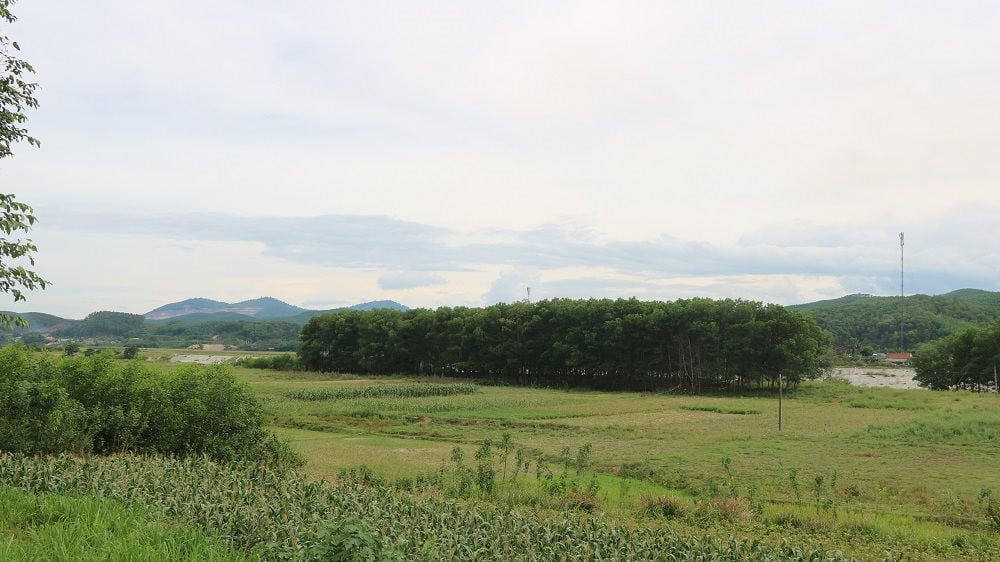
In the Nam Son New Economic Zone, Cam Son Commune, Cam Xuyen District (Ha Tinh), the green color of Acacia auriculiformis is immense. It is known that these areas belong to the land reclamation project to build rice fields using state budget since 2001. For many years, households assigned to the project have abandoned crop production and switched to growing Acacia auriculiformis because they believe it brings higher economic efficiency.
In Vu Quang district, many areas of land along the Ngan Sau River in Huong Minh commune, which used to be land for growing crops with economic efficiency, have now been turned into acacia forests. Communes with land for growing annual crops have been "planned" by local people to become forestry land such as Duc Bong and Son Tho communes...
According to Mr. Doan Ngoc Luong, Chairman of the People's Committee of Huong Minh Commune, Vu Quang District, the climate and soil conditions in Vu Quang have many different characteristics compared to other localities. Diversification of crops and livestock is limited, so people arbitrarily switch to growing acacia trees on agricultural land for annual crops when they find it ineffective.
The above situation is also quite "hot" in Huong Khe and Huong Son districts... The immense green acacia forests located interspersed and adjacent to crop fields have become popular in most localities.
And the consequences
In fact, many areas of land that produce annual crops but people have converted to grow acacia trees for a long time have shown signs of aridity and poor nutrition. Ms. Truong Thi Trien in Cam Son commune, Cam Xuyen district, whose annual production land has been converted to grow acacia trees, complained: The allocated land was originally used for crop production, but due to the difficulty of the labor force, the family recently switched to growing acacia trees. After a crop of acacia trees was harvested, returning to annual crop production was no longer effective, and productivity decreased. It is possible that growing acacia trees has made the land barren.
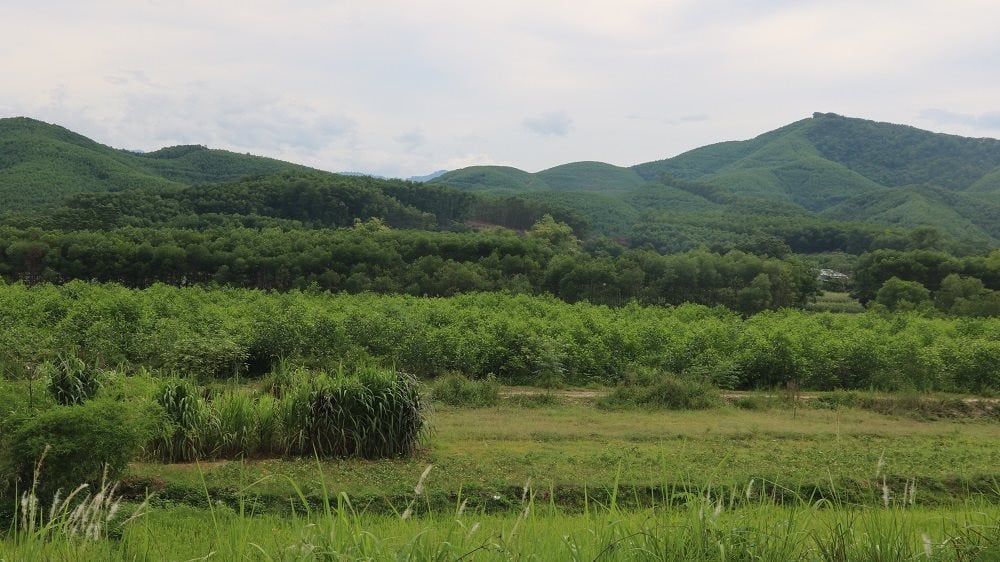
Not only does it degrade the land, planting acacia trees on annual crop land as it is now also affects the process of confirming records for procedures to issue land use right certificates. Mr. Ha Huy Phu, in Cam Hung commune, Cam Xuyen district, also reflected: More than 10,000 m2 of land area was allocated by the state for his family to reclaim since 2001, for the purpose of rice field production and stable use until 2015. Also because the family's labor force is limited, they switched to planting acacia trees to save work.
“When requesting a land use right certificate, the family was assessed and granted a certificate for the purpose of planting forestry trees based on the current usage status. For this reason, when the North-South Expressway Project passed through, the family's confiscated land was only compensated at the price of forestry land, not rice fields, causing huge economic losses,” said Mr. Phu.
The above situation is happening to many households, but when asked, most of them admitted that it was due to a lack of legal knowledge. Mr. Le Ngoc Ha, Vice Chairman of Cam Xuyen District People's Committee, said: The situation of self-planning and planting forestry trees on land for annual crops is happening in many places, affecting the planning of crop development; disrupting the planning of agricultural production land in many localities and the interests of the people themselves.
Faced with this reality, Mr. Le Ngoc Ha, Vice Chairman of Cam Xuyen District People's Committee, said: "Local authorities need to closely monitor the situation of people arbitrarily planting forestry trees on land for annual crops, and at the same time propagate to raise people's awareness, comply with regulations, and use the allocated land for the right purpose to ensure compliance with the Land Law."
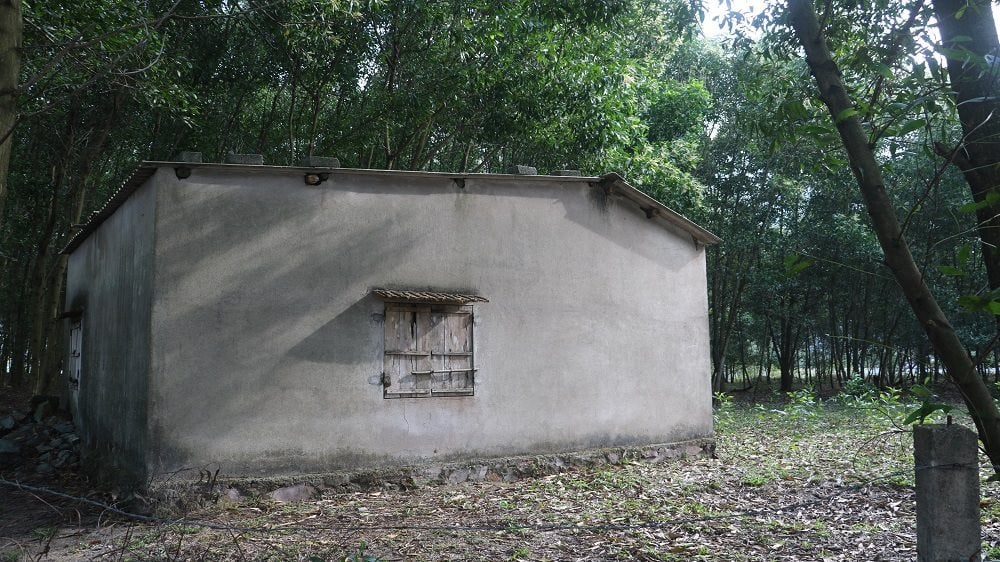
It is known that in recent times, the Department of Natural Resources and Environment of Ha Tinh has also strengthened land management, planning management, and resolutely handled violations; the Department of Agriculture and Rural Development has coordinated with departments, branches, and People's Committees of districts, towns, and cities to strengthen the management of agricultural land use, ensuring the use of agricultural land for the right purposes and in accordance with the planning of the agricultural sector.
According to Clause 1, Article 57 of the 2013 Land Law, people using land are not allowed to arbitrarily plant perennial crops on land used for annual crops without changing the land use purpose. In case people want to plant perennial crops on rice-growing land, they must also obtain permission from the People's Committee of the province/district level.
Source



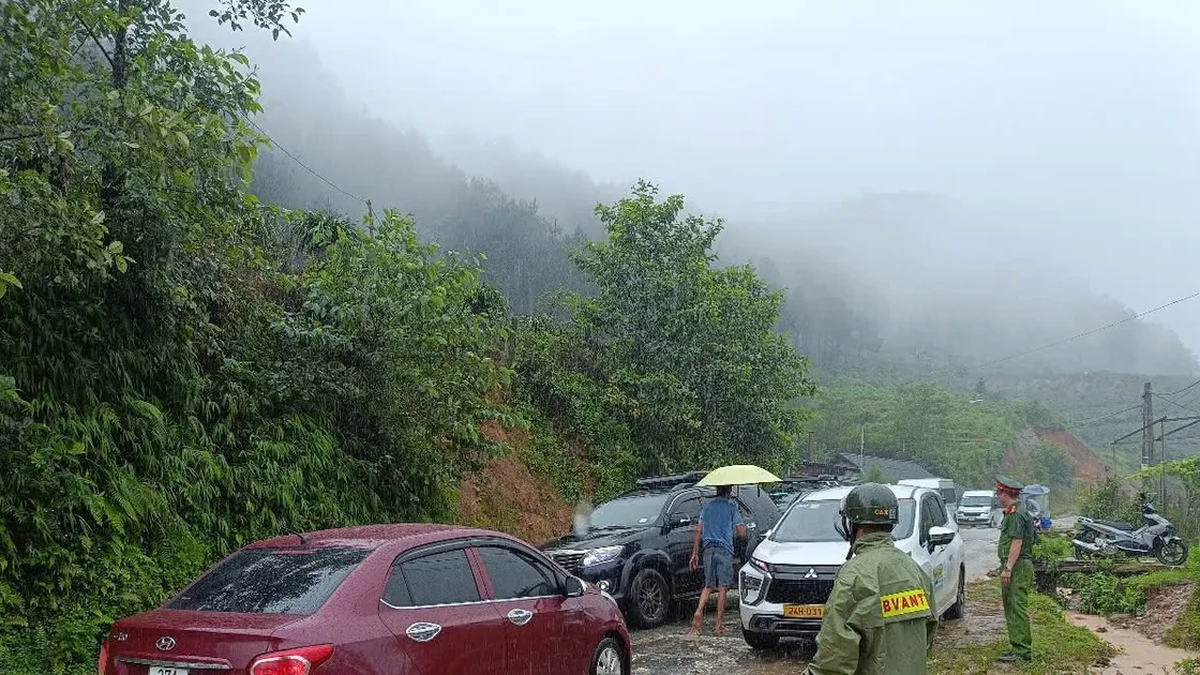
















































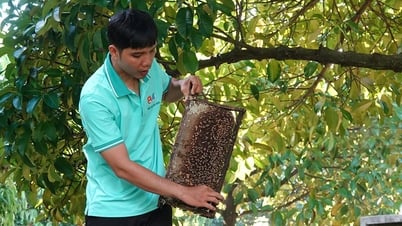













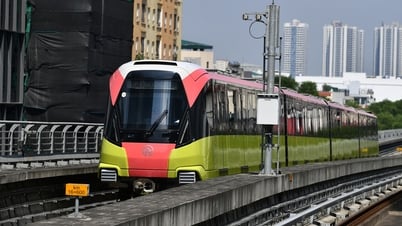

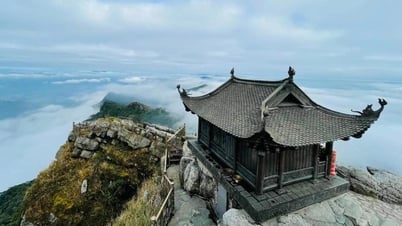
































Comment (0)